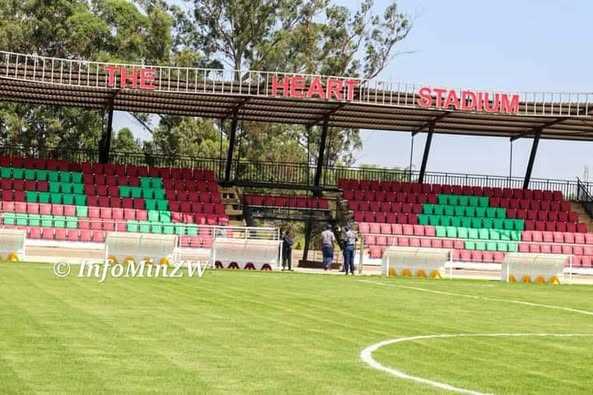
Zim Now Reporters
Failed Zimbabwe Football Association presidential aspirant Walter Magaya pulled a huge scam on the nation, claiming to have built a 5000 seater sports facility when in reality Heart Stadium seats less than 2000 spectators.
A physical inspection of the stadium has revealed that the stadium’s two sets of seating platforms that mirror each other with minor differences have very limited seating capacity.
Zim Now verified that the one set of seats with its back to the entrance side can only accommodate about 658 people as follows
Watch video here:
| Capacity | Number of sections | Total |
| 19 X 5 | 2 | 190 |
| 17 x 5 | 3 | 255 |
| 11 x 5 | 2 | 110 |
| 10 x 5 | 2 | 100 |
| Extra seats | - | 3 |
| Total | 658 |
This would mean that the mirror side can accommodate over 3300 spectators, which is a mathematical impossibility as it only carries an extra two rows of seats accounting for around 260 extra seats.
This puts the total at about 1580.
Efforts to elicit clarity from the Magaya camp were not successful. An aide contacted on the phone said he would get back to the Zim Now reporter.
A repeat call to the same number on the same day was picked by a person who sounded like a child and they said they did not know the person sought.
Further calls went unanswered. Text messages to the aide and Magaya himself were delivered but got no response by time of publication.
The “5000 seater state of the art” seat legend was announced by President Emmerson Mnangagwa during his speech when he officially opened the stadium on December 2023. In the same speech the president revealed that Magaya was the source of the statistic:
“Mudhara ndokukokai muzorura 5000 seater stadium yangu ku Waterfalls,” the president quoted Magaya in his speech. He said while he had questioned the authenticity of the pictures shown to him when the invitation was extended, President Mnangagwa pronounced himself highly impressed by what he had seen on the ground.
Ironically the president went on to specifically target the media, inadvertently ordering them to hype the fake news:
“Our media (imi vakomana nevasikana muri mberi kwangu) is also urged to report honestly about commendable development milestones in our country and at this space. Many people including myself until today, did not know that we have such an impressive infrastructure here in Waterfalls. Asi imi vanyori vemedia ko mange musingazvizivewo here? Muchitadza kutora mapicture moisa mumapepa tozviowona? Kuzomirira nhasi ndauya kuno? Ahh, svodai!”
Watch the video here
https://www.youtube.com/watch?v=jBYGsFNoyXY
And like that the legend of Heart Stadium’s 5000 seat capacity was solidified.
The Zimbabwe Football Association normalisation committee headed by Lincoln Mutasa did not attend the official opening of the stadium. No comment was forthcoming but the Magaya camp indicated that the committee had been invited.
ZIFA’s First Instance Board was to later homologate Heart Stadium to host Premier Soccer League games in April 2024 and the 5000 seater claim remained unchallenged.
The president used the official opening speech to embarrass Sports Minister Kirsty Coventry for having failed to develop an internationally approved football stadium.
Related Stories
But the international quality standard claim made at the official opening was debunked in August when ZIFA clarified that Heart Stadium had failed the CAF test.
“However, during preliminary inspections, Heart Stadium was unable to produce a Stadium Safety and Security Certificate as required by the process. Consequently, the facility could not be sanctioned.
“Additionally, the stadium lacks a media tribune, a designated area for vulnerable people, and its ablution facilities do not meet the required standards,” ZIFA said in a statement explaining why Dynamos and Ngezi Platinum Stars could not use the stadium for their foreign games.
ZIFA was to later delete the statement after Magaya issued a threat to sue the organisation for a million dollars saying they had never visited his facility and were therefore not in a position to speak about its capacity.
Neither Dynamos nor Ngezi Platinum have played their continental games locally, having to export their games to other countries.
Magaya is building another stadium in Kwekwe and has indicated plans to take the concept to Malawi and Mozambique.
Media players said that several factors contribute to journalists feeding into untruths.
Zimbabwe National Editors Forum national coordinator Mr Njabulo Ncube admitted to a lack of fact checking skills in journalists.
“Training has of journalists has been the traditional, no experts. We need data journalism,” said Mr Ncube.
Zim Fact founder Mr Cris Chinaka said the media has no excuse for not fact checking sources.
“Journalists fall short on professionalism when they don’t cross-check information given by their sources.All information given by a news source must be subjected to a process of verification.
He said factors that inhibit journalists from fact checking their sources include poor quality control systems in content production and proximity whereby journalists become “too close to their sources to a point where they believe everything they hear from those sources even in cases where simple double checks would get them more or alternative facts.”
“Some journalists might be compromised by sources as well to push out false narratives.There are also cases where some inexperienced reporters are simply impressionable and have not mastered the skills of verifying information,” said Mr Chinaka.
Africa advisor at IMS, Mr Rashweat Mukundu said dependency on news sources is not ideal.
“A journalist tends to depend a lot on trusted sources. And trusted sources tend to be public officials, tend senior business people, NGO, private sector leaders, who in themselves may have certain interests or agendas that they want to propagate. And the dependence and trust that journalists have in their sources sometimes misleads them to then rely on information or statistics that comes from such sources and leading to stories that are not necessarily factual.
Mukundu went on to point the danger of media using each other as sources as it means fake news continues to gain weight through repetition because journalists are simply quoting each other.
“It's not enough for the journalist to rely on online searches, but actually to corroborate, to go beyond one source of information, to verify if there are
other sources of a given statistics that also share the same message that a journalist may have accessed or researched,” Mukundu said.
Semi-retired journalist Ms Mirriam Sibanda said that journalists are handicapped in several ways.
“Not knowing which sources to contact. Lack of resources including time to fact check the information. Lack of knowhow on how to fact check extensively in the current digital age,” said Ms Sibanda.
Voluntary Media Council of Zimbabwe executive director Mr Loughty Dube raised the same issues highlighted and went further to talk about “media capture”.
“Journalists are captured by politicians, business etc and they turn a blind eye and even participate in distortion of facts to suit the needs of the handlers. Corruption within the media is a big cause for concern. There are media cartels generating and killing stories for particular interests,” he said.
Mr Dube also pointed out that poor resourcing of newsrooms at times forces journalists to take short cuts as they are just not equipped with basic tools.
“There are AI tools for fact checking information but journalists are not aware of the tools on one hand and on the other media houses and journalists cannot afford the fact checking tools,” said Mr Dube.
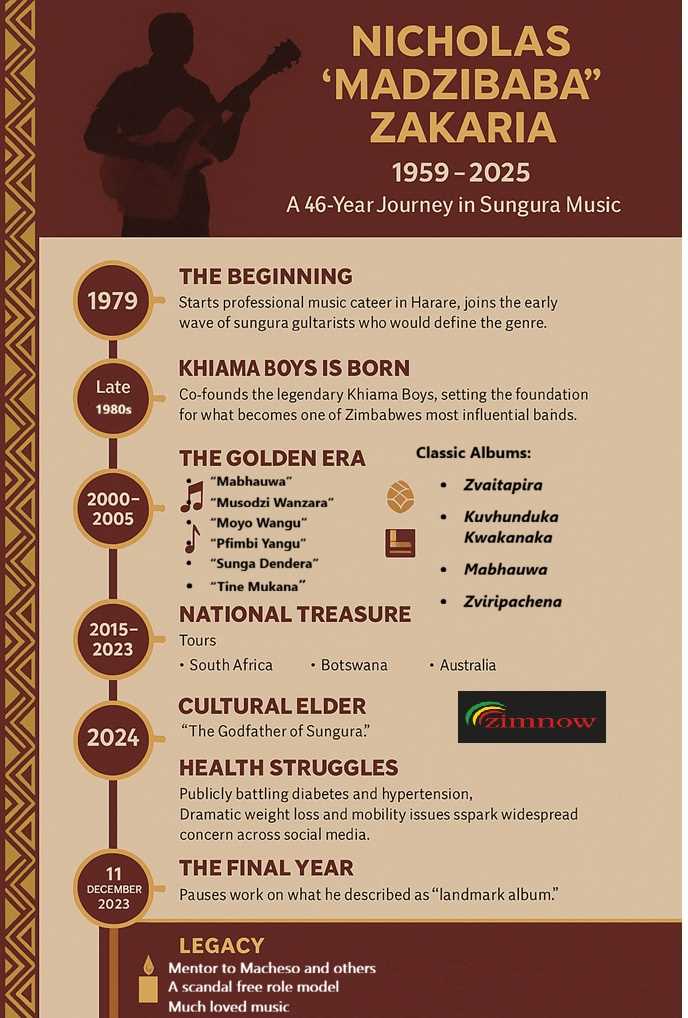
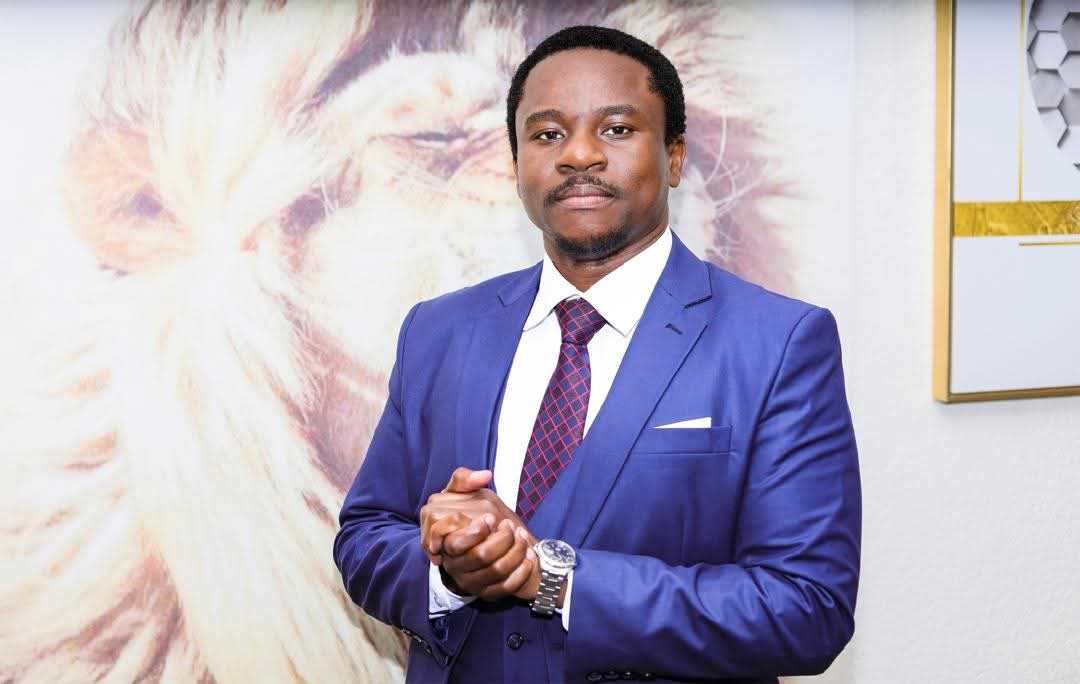

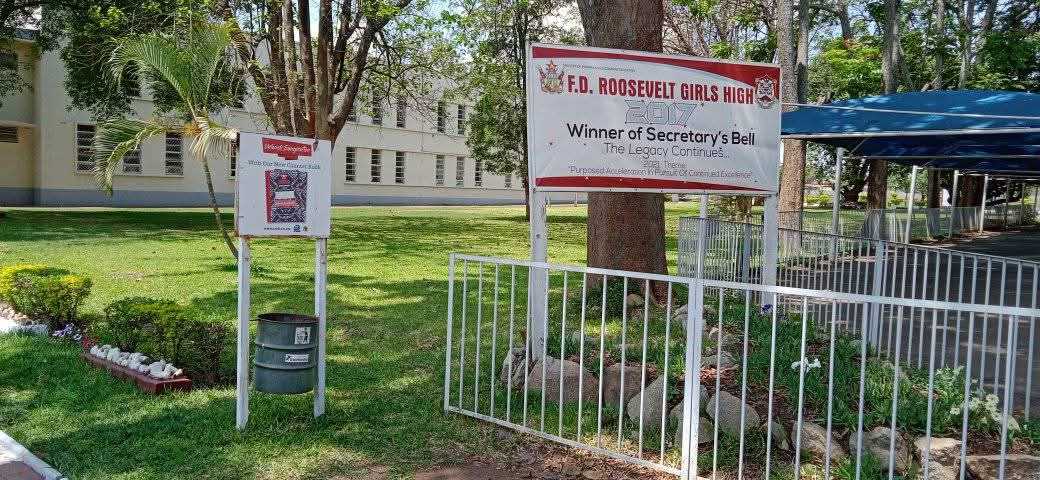







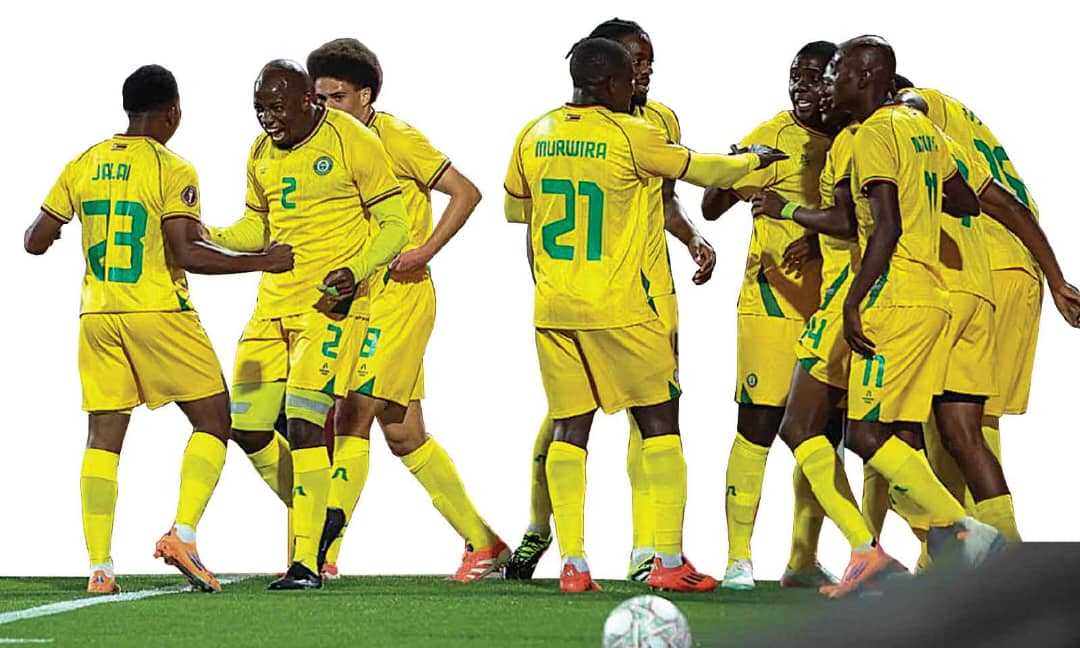
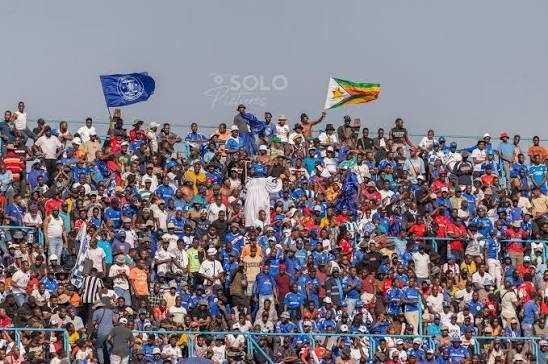

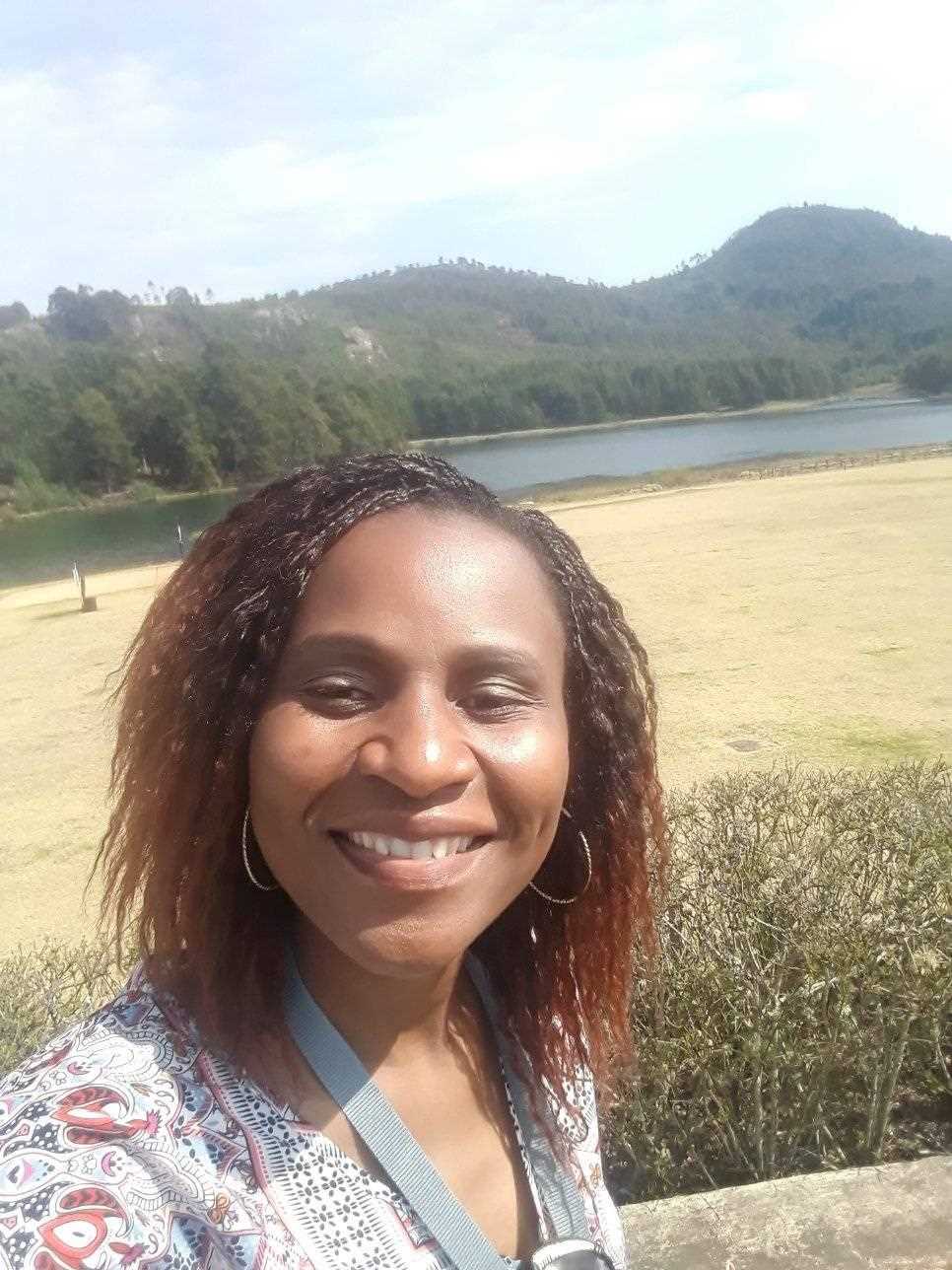

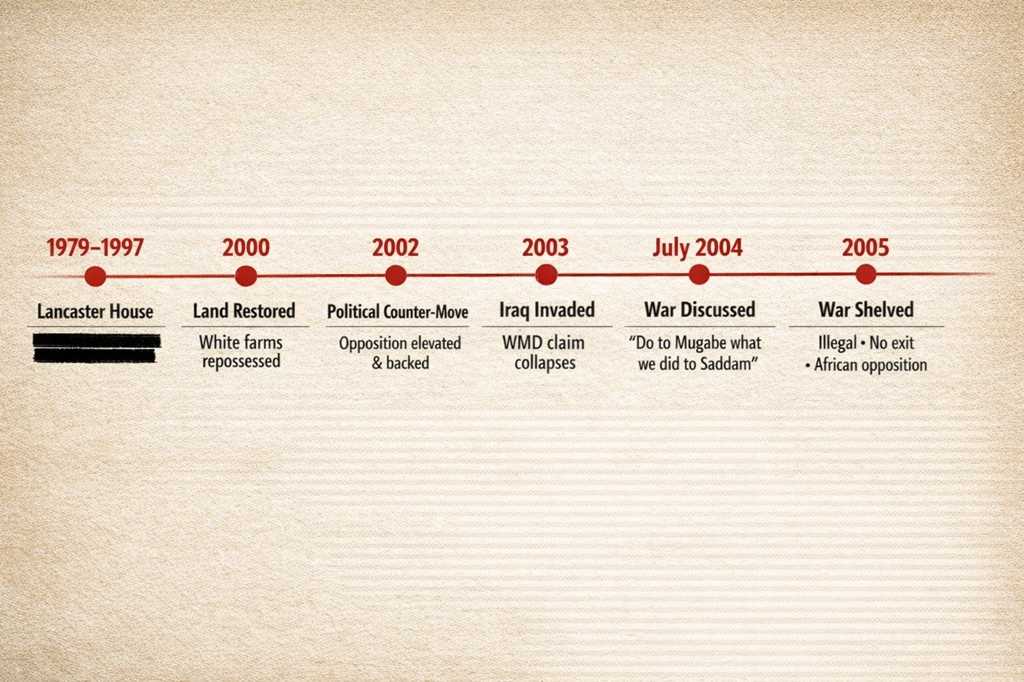
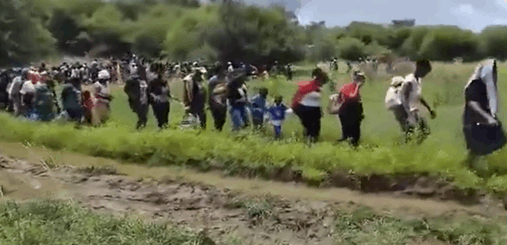


Leave Comments